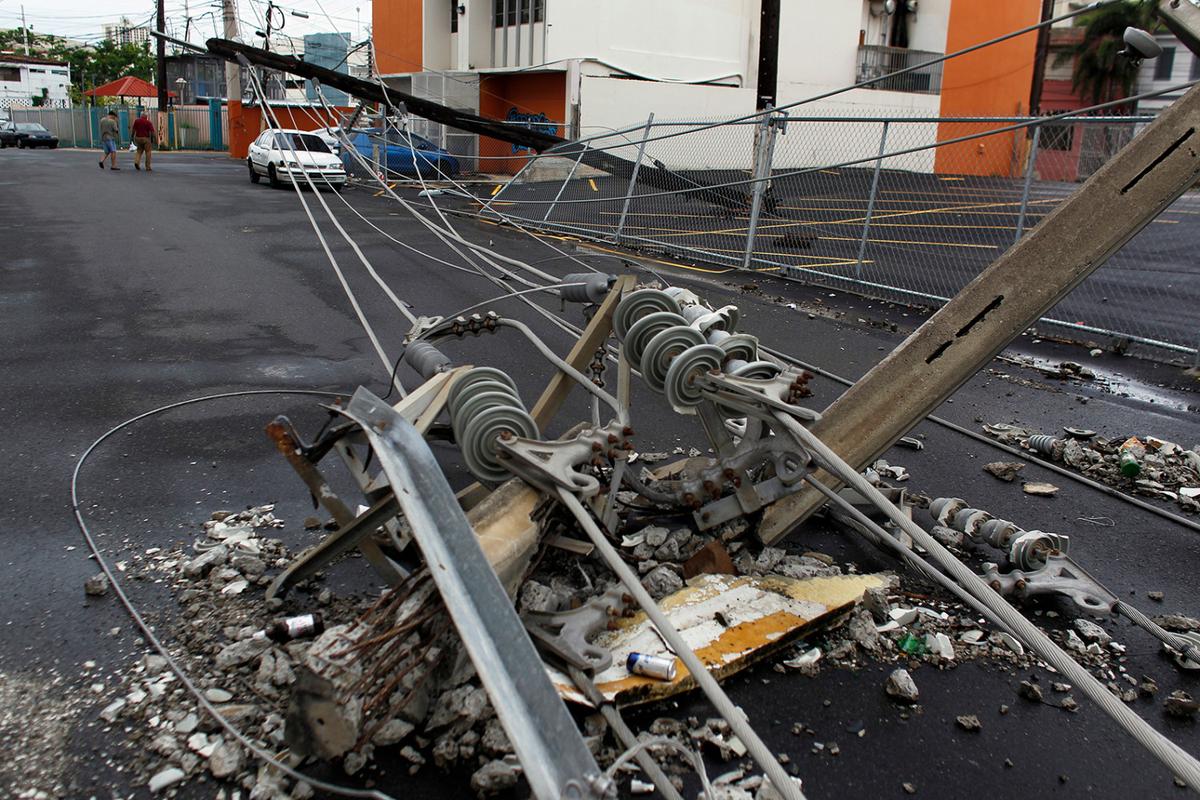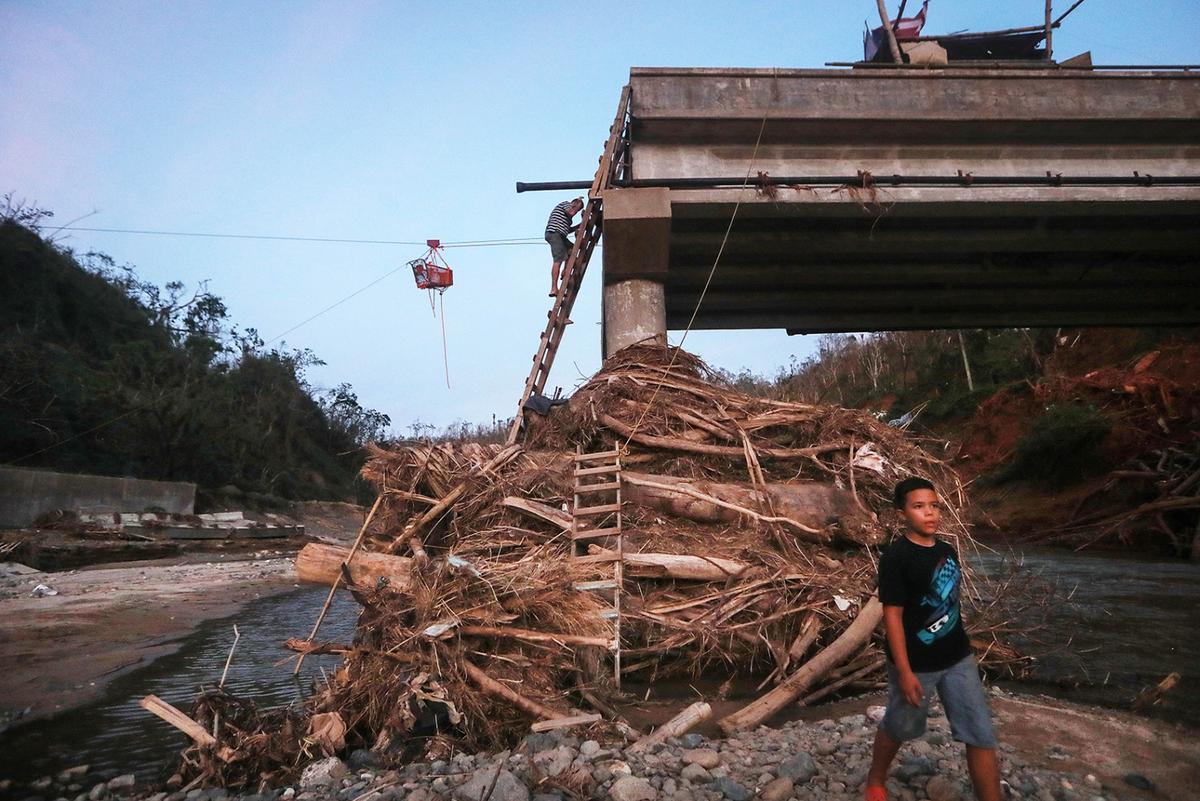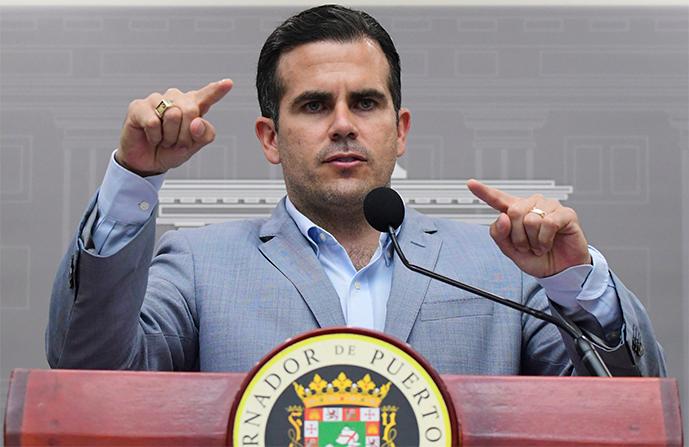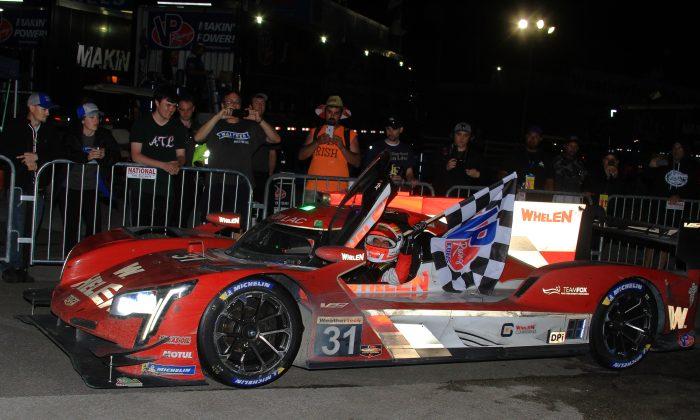Puerto Rico’s governor has raised the official number of people who died due to Hurricane Maria to 2,975, making the storm the deadliest in U.S. history.
Puerto Rico Gov. Ricardo Rossello commissioned an independent report from the Milken Institute School of Public Health at George Washington University.
Those researchers found that nearly 3,000 people had died in the six months following the storm, which wiped out the island’s entire electrical grid and left many residents without even basic necessities.

Worse Than Katrina
Prior to Maria, the deadliest hurricane to hit the United States had been Hurricane Katrina. That storm slammed into the Gulf Coast, primarily New Orleans, Louisiana, in October 2005, and caused about 1,200 deaths.That tally does not include people who died not from the storm itself but from the aftermath.
The death toll for Maria is higher because aid and assistance took longer to arrive across the intervening ocean, while bringing emergency equipment and supplies to and people away from New Orleans.

The Milken Institute report follows a report released in May by a team of Harvard researches that estimated the number of dead at 4,600.
Donald Berry, a professor of biostatistics at the University of Texas MD Anderson Cancer Center, told AP that the number announced by The Milken Institute is closer than the Harvard estimate, “but its accuracy is not as great as they [the Milken researchers] advertise.”
“If the true number of deaths attributable to Maria turns out to be 2,000 then I would not be surprised,” he said.
Even Lynn Goldman, dean of the Milken Institute School of Public Health, admitted that the figure is uncertain.
“I do think this study helps to validate that sense that many people had that there were just too many deaths,” she told CNN.
However, this was just the first phase of the study, she said.
“We would like to dig down deeper into that number to understand among all the deaths that occurred, which of them were related to Maria, which of them would not have occurred if it hadn’t been for the storm? We’re not able to say that now,” Goldman said.

‘I Made Mistakes’
Rossello said that the Milken estimate would be accepted as the official figure—the time had passed for counting the dead, and from now on efforts had to focus on improving disaster response.“It is a time to show solidarity with all of those who have lost family and friends, it is also a time to reflect on what we did well and what we did badly so that we have a better response in the future,” he stated, according to Reuters.
The governor admitted that his administration had been unprepared for a disaster of the magnitude of Hurricane Maria.
Rossello told AP, “Yes, I made mistakes. Yes, in hindsight, things could’ve been handled differently.”
The governor is commissioning another study to create a list of which Puerto Rican residents are most vulnerable to another natural disaster, so that those people can get the extra attention, which might save their lives.
“A lesson from this is that efforts for assistance and recovery need to focus as much as possible on lower-income areas, on people who are older, who are more vulnerable,” said Goldman the Milken Institute, AP reported.
Rossello said that the government had improved its emergency communications system, and had created more secure routes to distribute emergency aid to impacted regions, but there was more to do, and that many Maria victims were still suffering.
Rossello noted that some 60,000 Puerto Ricans still had shelters with leaking roofs, and that the power grid was still unstable.




